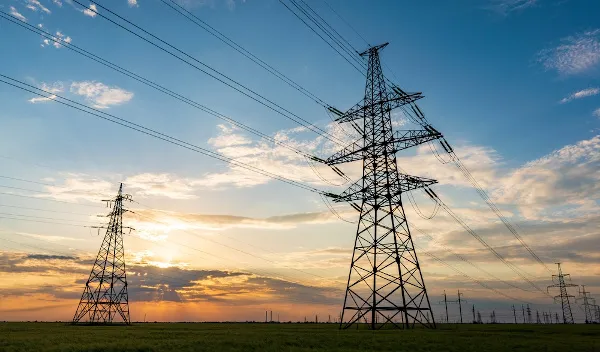Mozambique is taking significant steps towards an energy revolution that aims to establish it as one of the main producers of hydroelectric power on the African continent, while at the same time inaugurating a promising green hydrogen industry.
With ambitious plans to increase its hydroelectric capacity by 14,000 megawatts, mainly between 2030 and 2040, the government has unveiled a detailed and strategic 60-page Energy Transition Strategy, which has not yet been published, but which was accessed by Bloomberg. At the same time, it is announcing the implementation of a green hydrogen program later this year, according to the document.
This plan serves as a manifesto to capitalize on the country’s immense green energy potential and boost the growth and industrialization of an economy that, half a century after independence, is still predominantly agrarian and economically fragile.
“Mozambique holds immeasurable wealth in energy assets,” the government points out, estimating the cost of this monumental transition at 80 billion dollars by 2050. “The strategic and thoughtful use of these energy assets could significantly catalyze the transition to an industrialized middle-income economy,” the document states.
This ambitious energy transition plan is paralleled by similar initiatives announced by other developing economies, such as South Africa, Senegal, Indonesia and Vietnam, which together have managed to attract funding commitments of around 47 billion dollars from some of the world’s most prosperous nations.




